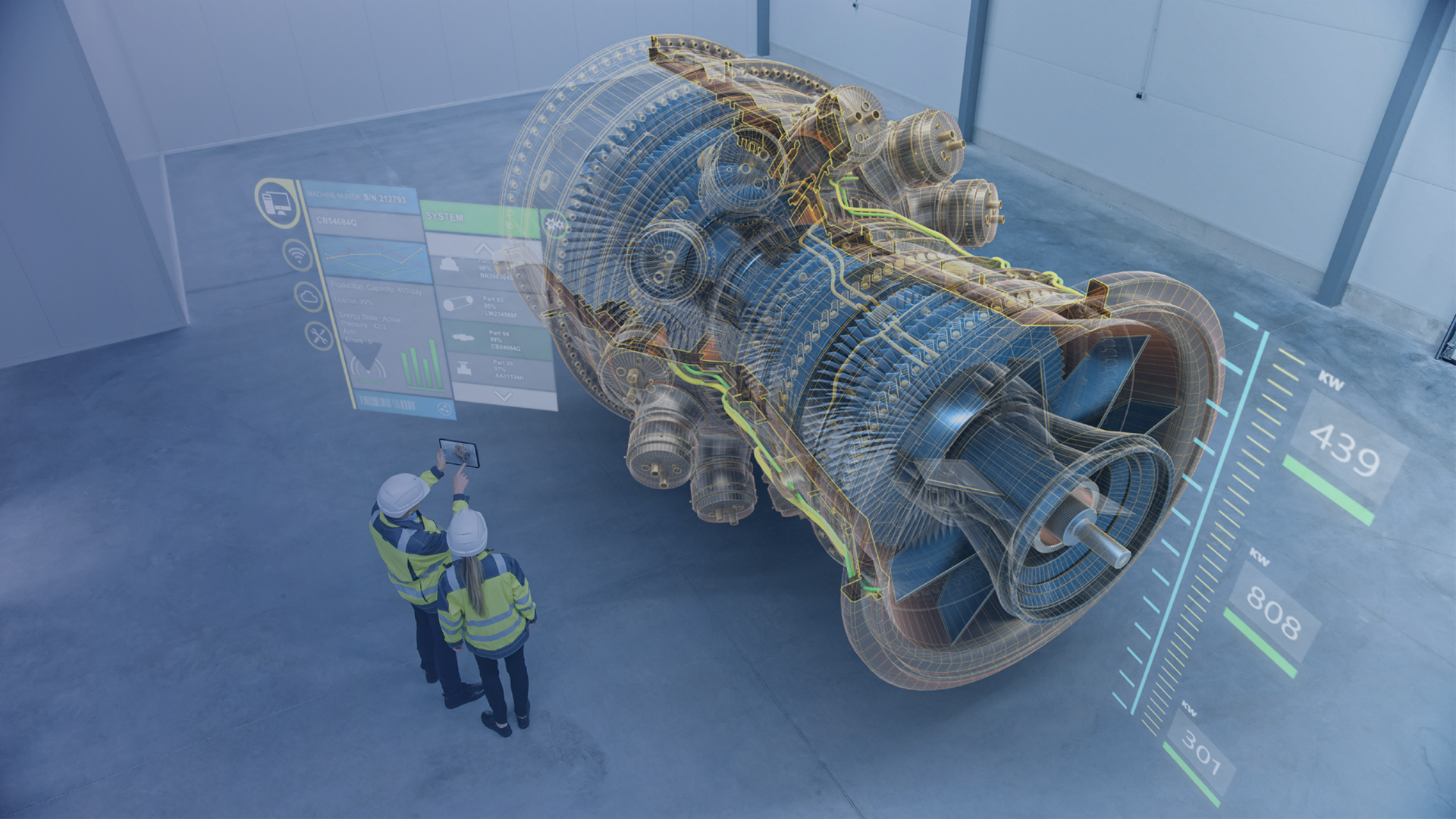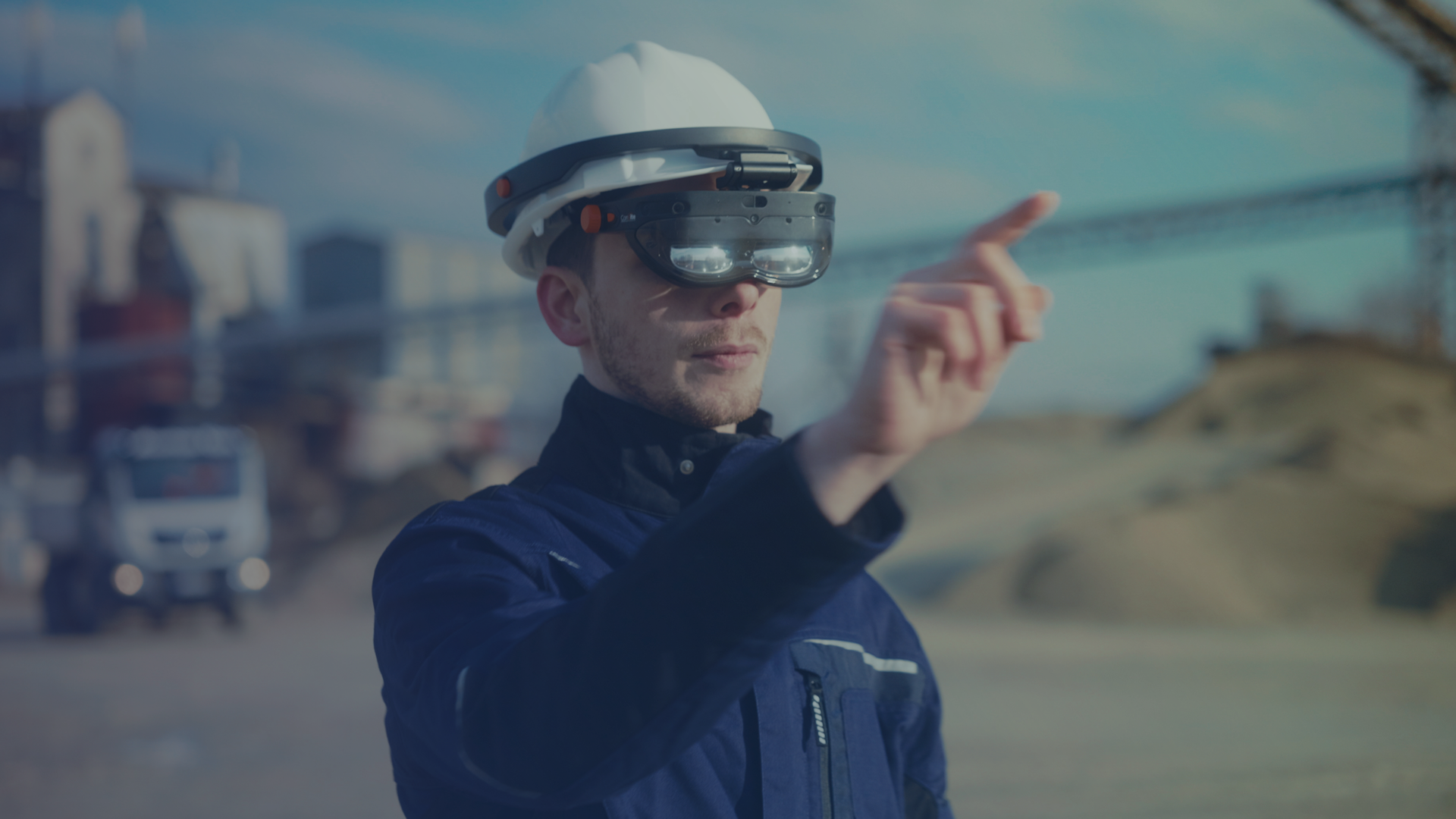Hololight Celebrates 10 Years of XR Innovation
Pioneering the Future of Augmented and Virtual Reality Since 2015
Table of Contents
Boundless computational capabilities and robust data management open up novel applications for augmented and virtual reality. Hololight Introduces Proprietary XR Streaming Solution: Hololight Stream
Cross-platform remote rendering and real-time streaming of entire augmented reality and virtual reality applications
Software Development Kit (SDK) available with free trial access for developers
Hololight Stream already integrated in Hololight´s Hololight Space
Ismaning, October 28, 2020 – Hololight, a company specialized in immersive technologies, has developed a remote rendering solution to stream entire AR and VR applications (XR) in real time via local servers or the cloud. Hololight Stream (Interactive Streaming for Augmented Reality) addresses one of the major issues for augmented and virtual reality: performance restrictions due to limited computing power of mobile devices such as smart glasses or smartphones.
“By rendering each application remotely as a whole, Hololight Stream enables visualization and interaction with highly polygonal, data-intensive content such as 3D objects, 3D CAD models or BIM data. The CPU and GPU of the end device are only required to a small extent, which in the long term will help to reduce the size of the end devices and optimize the form factor,” said Philipp Landgraf, Head of Technology at Hololight. “Remote rendering enables AR and VR content to be experienced in unprecedented detail and complexity, from the industrial sector to entertainment and gaming”.
A device-agnostic approach through deployed client applications also reduces the development effort for XR applications. New apps can be developed simpler and without limits and restrictions of individual end devices by just building a server application. Time-consuming prepping and reducing of data for performance reasons is no longer necessary. Streaming complete applications also increases data security. As soon as the remote rendering technology Hololight Stream comes into play, the data remains on the server chosen by the customer. Data is merely streamed and not stored on the mobile device.
Usually AR or VR apps are developed in a game engine, for example Unity or Unreal. The visual representation of menu structures as well as the interaction possibilities are individually designed by the developer according to the respective device (e.g. HoloLens 2, Magic Leap, Smartphone etc.). The app is subject to technical requirements and limitations (CPU, GPU, RAM) of the end device.
Now, the Hololight Stream is a new component that enables users to outsource demanding work processes such as application logic or content rendering. This means that the computing power does not have to come from, for example, the AR-Glasses themselves, but can be provided unlimitedly by a powerful local server or from the cloud.
Once the Hololight Stream is built into an application, the app no longer needs to be installed directly on an end device. Instead, the app is installed and run on the more powerful server or in the cloud. The user simply connects from a provided gateway (client app) on the mobile device to the XR application on the external server. Now, the rendering process shifts from the low-performance XR device to the high-performance server. The client app sends data – sensor data for room tracking, position data and hand gestures – to the server with the actual application. There, the data is processed and the to be displayed 3D content is sent back to the client app. The result is real-time streaming of XR content.
Hololight Stream is easy to integrate into third party apps and is already empowering Hololight´s own Augmented Reality Engineering Software Hololight Space. Here, the streaming solution is applied, where the work with data-intense 3D CAD models requires powerful performance and high privacy.
The German automobile manufacturer BMW, for example, accelerates with Hololight Space the design of vehicle concepts and prototypes by up to twelve months at its Munich pilot plant. The engineers can visualize and manipulate detailed components such as engines or entire cars with many millions of polygons in real time and in high quality. Assembly processes and concepts can thus be evaluated at an early stage and adapted for series production.
In addition to an on-premises solution, Hololight also provides a cloud-ready SDK to run XR apps in the cloud and take advantage of the increased computing power.
“The infrastructure of cloud providers empowers new highly scalable business models, because of the global availability of computing resources as well as the accessibility of the marketplace and the flexible cost structure. In combination with our Hololight Stream, our customers are able to offer their XR applications in the cloud, creating a scalable, secure and attractive pay-per-use model,” said Florian Haspinger, co-founder and CEO of Hololight.
Hololight aims to provide developers its remote rendering and streaming technology. Via the official website, users and developers can request a free trial access to the SDK working on HoloLens 2.

Pioneering the Future of Augmented and Virtual Reality Since 2015

Ismaning, Germany – March 20, 2025 – Hololight, a leading innovator in XR streaming technology for industrial applications, is excited to announce a...

Tokyo, March 17, 2025 – Hitachi Construction Machinery Co., Ltd., HMS Co., Ltd. and Holo-Light GmbH have developed new-look XR smart glasses that...